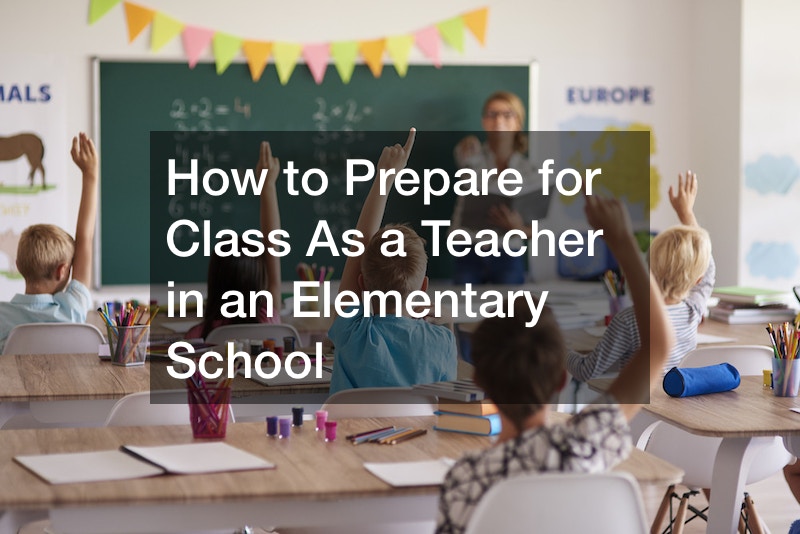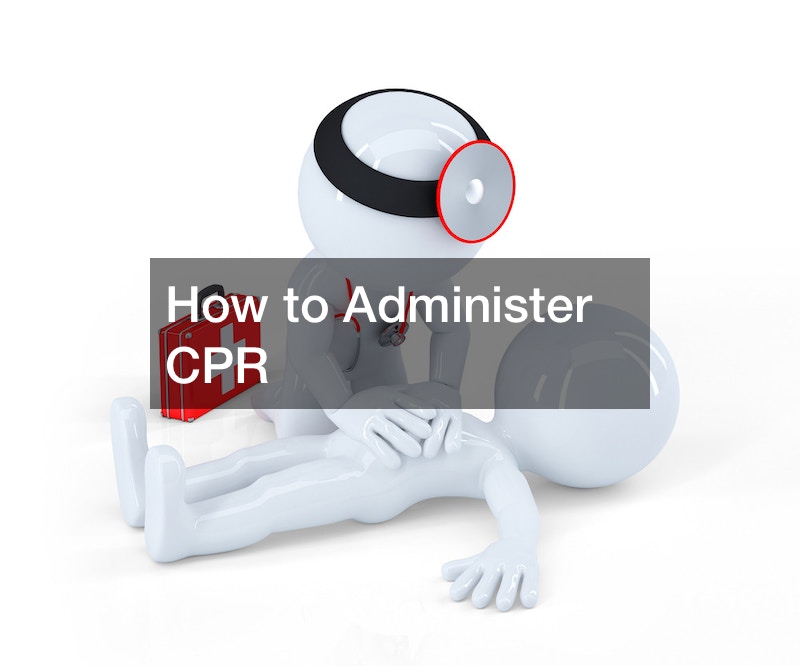
Teaching can be a challenging but rewarding profession. It allows you to guide your students as they learn about things that will give them a fighting chance in life. To make the best of your career and help your students develop the necessary skills and competencies for success, you must know how to prepare for class as a teacher. Preparation is one of the essential parts of your teaching journey. This is why it’s crucial to learn about the teaching preparation process. It teaches you the crucial strategies and skills needed to improve as a teacher. Here are some things to keep in mind when it comes to how to prepare for class as a teacher.
Adopt a Classroom Pet

As a teacher, there are so many ways you can help students learn. For instance, you can introduce some fun activities like quizzes and tests. One of the things you must include as part of your planning is how to facilitate interactive learning in your class. This can go a long way in helping kids build their social skills. They will be able to utilize unique tactics and activities to prepare themselves for entering the real world.
Classroom pets are a great way for teachers to improve student learning. However, before getting one, you must understand the work of having a pet. You should also understand the advantages and disadvantages that come with it. Classroom pets should have a cage or area that will need to be cleaned regularly. They also need food and fresh water daily. What will happen to the pet during the holidays? All of these factors should go into your planning. You must also ensure that the pet is not a distraction for kids. While some work goes into having a pet in your classroom, there are many benefits for students.
A pet stimulates learning. It also helps to teach kids responsibility. You can take this opportunity to teach students about caring for something else while also developing a routine that they are accountable for maintaining.
Be Prepared for Lice
Anyone of any gender, age, or race is at risk of catching lice. However, they seem more common in kids, especially those between the ages of three to 11 years. As such, you must be ready to deal with lice in your elementary school class. Head lice, in particular, affect children with long hair and those with more siblings. The most common way to get head lice is direct contact with infected individuals. Considering how elementary school students play with each other and frequently make contact, it’s not difficult to imagine how head lice can easily spread throughout the entire class. Head-to-head contact is quite common in kids during slumber parties, playtime, and when taking selfies.
Part of being prepared for head lice includes being able to identify the symptoms in class. The most common symptom is itching. However, it’s not the most reliable sign, as it can also be caused by things like allergies, dandruff, and dermatitis. You know you have an outbreak when you find head lice in the hair or scalp. Kids with lice may also have red bumps and sores on the neck, shoulders, and scalp. Other signs include oozing sores on the scalp and anxiety. You must have a lice removal kit in class to address this issue. The school nurse will also likely be involved in resolving this problem.
Plan Healthy Snacks

As an elementary teacher, you may be in charge of supplementing any meals that are brought from home. In that case, you should also plan healthy snacks as you figure out how to prepare for class as a teacher. According to nutritional counseling experts, healthy and nutritious meals and snacks are essential for young children to support optimal growth and development. Perhaps you have already noticed how active your students are. Providing them with healthy snacks ensures they always have the energy they need to participate fully in the classroom. When you provide additional foods to your classroom besides what they bring from home, ensure you’re adhering to the USDA meal guidelines as much as possible.
This ensures that each student’s daily nutritional needs are fully met. As a savvy educator, you can also take the opportunity to teach your students about making nutritious choices when snacking, which is something that will serve them well later in life. By introducing your students to a wide variety of nutritious snacks, you encourage them to develop healthy eating habits. Don’t forget to also teach them about the proper hand washing and disinfecting procedure required to maintain a healthy and safe eating environment. Additionally, factor in the uniqueness of your students and make sure your snack plan conforms to any applicable dietary restrictions, religious beliefs, health issues, and cultural customs.
Protect Against COVID-19
The COVID-19 pandemic has lasted longer than most people thought, raising many concerns about children getting the virus at school. As you learn how to prepare for class as a teacher, the COVID-19 pandemic is something you must factor into the equation. The good news is that when you invest time into implementing the right prevention strategies, you can greatly limit the spread of the virus in the classroom. For starters, your school and other educators should encourage families to participate in COVID 19 testing and vaccination procedures. Additionally, the CDC recommends that learners wear face masks in indoor public spaces, though this depends on your school’s policy.
You can also take it upon yourself to ensure that each classroom is properly ventilated. Making sure your classroom is properly ventilated is one of the best things you can do to reduce the spread of the COVID-19 virus through airborne transmission. To ensure your classroom is well ventilated, you can use strategies like opening multiple windows, using fans, and making sure the air filtration or ventilation system is fully functional. This helps improve air circulation. Elementary teachers should also encourage students to wash their hands frequently using soap and to avoid touching their noses, mouths, and eyes. If a student gets sick, it’s imperative that they stay home until they fully recover. Keep things fun by incorporating creative lessons about protecting against COVID-19 so that your students understand the risk well.
Schedule Hearing and Vision Tests
In order for your students to learn well in the classroom, they have to have healthy vision. Besides impacting their education, vision can also affect your student’s social development and education. Similarly, students with better hearing have an easier time learning. Hence, as you go around figuring out how to prepare for class as a teacher, you should also consider scheduling hearing and vision tests for your students where possible. Check if there are any school-based screenings that give you the leeway to engage with optometrists or an audiologist service. That way, students with potential vision and hearing problems can get the help they need.
Plan Extracurricular Activities

Being an elementary teacher doesn’t mean your focus should be limited to the classroom. Knowing how to prepare for class as a teacher also means planning extracurricular activities. When you create room for these extracurricular activities, you give your students a well-rounded experience. It’s important for elementary teachers to plan extracurricular activities because it provides students with a broader perspective of the outside world. In any case, elementary students don’t like being cooped up in the classroom all day. They also want to explore the world and work on their social skills. When you provide your students with plenty of opportunities to explore their interests besides sitting in class, this keeps them engaged.
Additionally, extracurricular activities incorporate an important socialization aspect. Letting your classroom engage in extracurricular activities allows them to bond with each other and to find friends they click with. The good news is that there’s a wide range of extracurricular activities you can plan for as a teacher. The list includes music, dance, painting, and crafts. Sports are also a popular option that can foster a healthy competitive spirit in your students, especially if you plan to give out sports awards to the winners. The trick is to ensure you do your research and find age-appropriate activities that interest your students.
Assemble a First Aid Kit
A first aid kit is an important tool that will enable you to respond quickly to accidents in class. It helps to ensure that injuries are dealt with efficiently and promptly while you wait for a trained medical professional to come and administer specialized treatment. A first aid kit is especially essential in elementary school as children usually get into accidents. With it, you can administer swift care to prevent things from escalating. Whether you are dealing with minor injuries or serious things like a fracture, you should focus on preventing further complications. Apart from keeping a first aid kit, you must also receive first aid training to ensure that the school and your class are a safer environment.
Do you know that first aid can save lives? If a child has experienced some serious injuries, having a first aid kit in place can prevent them from getting worse. Having a first aid kit also gives you a greater sense of safety and peace of mind for your classroom. The people around you will feel more reassured knowing that if something happens, you have the resources to step in and make a child wellness check.
Create Volunteering Opportunities

When it comes to how to prepare for class as a teacher, one of the most important things to plan for is teaching your students how to be charitable. When you create volunteering opportunities for your students, you’re teaching them the value of being kind and considerate. Additionally, when they see others in a less privileged position, they’ll appreciate their good circumstances even more. For instance, these days, there are many calls for initiatives to help Ukraine citizens affected by the war.
Besides that, there are also other volunteering activities that can directly benefit the local community you live in. These include collecting donated packaged food and distributing it to those in need. You can also ask families to donate used toys and books they no longer need. Whatever initiatives you have in mind for your class, make sure that your students have fun doing something that benefits others who are less fortunate.
Schedule Fire Drills
Learning how to prepare for class as a teacher also involves learning how to keep the classroom as safe as possible. Since the risk of a fire is always there, you can teach your kids all about fire safety by scheduling fire drills. For instance, you can plan for an emergency evacuation every month and explain to your students what they are supposed to do once the drill is underway. The more you practice, the more you teach your students to remain calm and follow orders in case of a fire emergency. Instruct your class to exit the building as quickly as possible in an orderly manner and regroup outside at a designated location where you can take attendance. You can even hand out some custom-made fire badges to keep the exercise interesting.
Being an elementary school teacher is an admirable profession, and yet it can be challenging. As an educator, the more you’re prepared for your classes, the more equipped you can contribute to your student’s overall well-being and development. When you understand how to prepare for class as a teacher, and you remain consistent with your preparation, you can foster a love of learning and ensure your students always look forward to your classes each day. When you know how to prepare for class as a teacher, you can develop many creative lesson plans that engage your students and inspire them to be intellectually curious. This is how to make a lasting and positive difference in your students’ lives as an elementary teacher.



